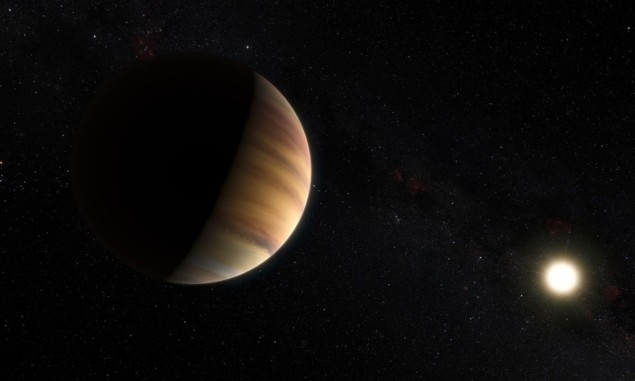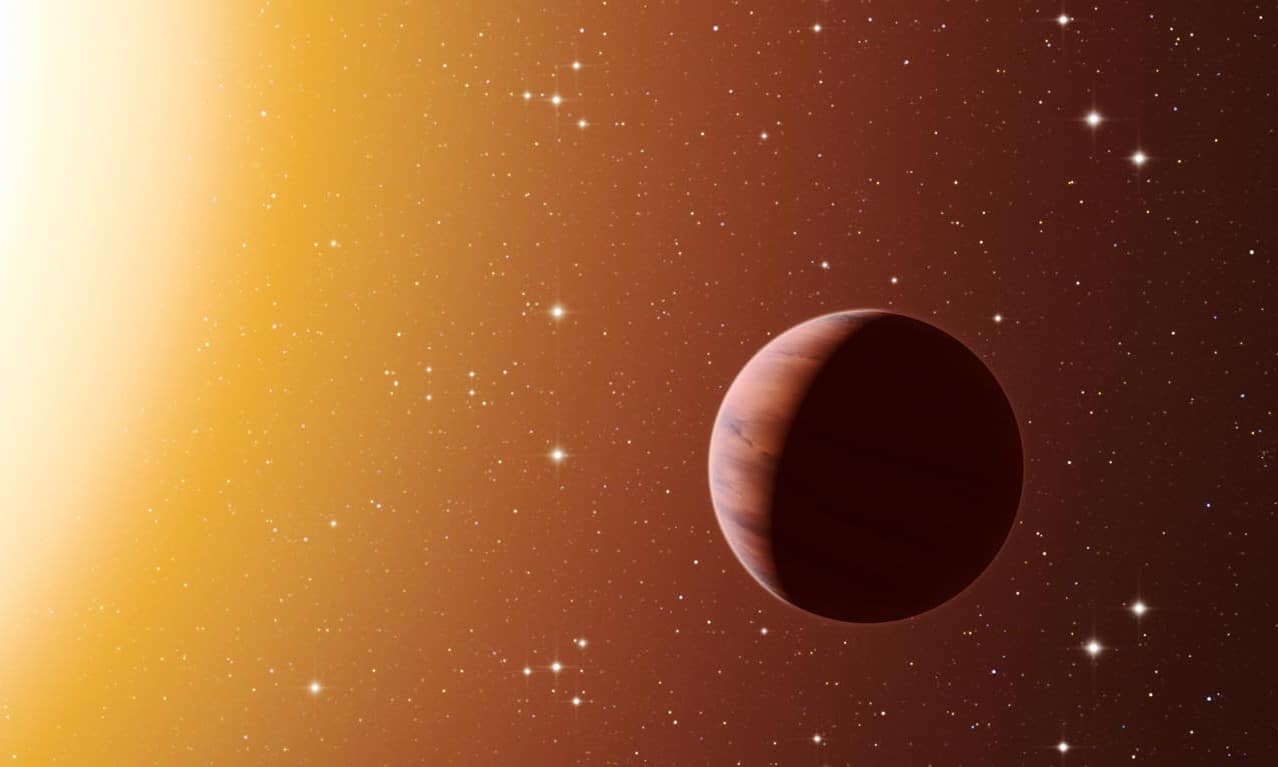
Astronomers in Australia and the UK have shown how exoplanets could be observed directly by using quantum hypothesis testing methods to analyse telescope images. Zixin Huang at Macquarie University, and Cosmo Lupo at the University of Sheffield have shown that the techniques can be used to discriminate between light emitted by a star-planet system and a star with no planets.
So far, astronomers have discovered nearly 5000 exoplanets, which are planets that orbit stars other than the Sun. The vast majority of these have been observed indirectly: by either measuring the dimming of starlight that occurs when they pass in front of their companion stars (the transit method); or by the effect that they have on the radial velocity of their companion stars.
While the direct detection of light reflected from an exoplanet can sometimes be made – especially when the exoplanet is in a relatively large orbit – the faint light from an exoplanet surface is extremely difficult to distinguish from the much brighter host star. As a result, only around 1.2% of all exoplanet discoveries have been made through direct imaging.
Two possible states
Now, Huang and Lupo have shown that quantum imaging techniques can be used to improve direct detection. In their model, the light picked up by a telescope can exist in two possible states: either being emitted by a star on its own, or by a star-planet system.
In this second case, a small fraction of the star’s light is scattered from the planet, creating a second source of light in the image – an effect that may normally be imperceptible. Nonetheless, the presence of the exoplanet creates a distinct signature in the spatial distribution of the photons captured by the telescope, whereby the optical “centre of mass” of the image lies between the star and exoplanet.
The researchers have shown that two existing quantum imaging techniques can be used to determine whether the optical centre of an image corresponds to the centre of a star, or the centre of mass of a star–planet system. One quantum technique is based on interferometry and the other involves describing the image in terms of orthogonal spatial modes of light
Three key factors
Through their analysis, Huang and Lupo determined that the probability of error when discriminating between these two states depends on three key factors: the separation between a planet and its star; the difference in brightness between the two objects; and the number of photons collected by the telescope.

Inferno-like exoplanet has ionized calcium in its atmosphere
As these variables are changed, the duo showed how this error probability scales in a different way from the classical approach to direct imaging. This means that their technique could reach a fundamental quantum limit in error. This could allow astronomers to detect dimmer exoplanets, lying closer to their host stars, than currently possible using a classical approach.
Although the transit and radial velocity methods have so far dominated exoplanet discovery, these techniques only work if the orbit of the planet crosses the star when viewed from Earth. This restriction does not apply to direct imaging, which thanks to quantum techniques could soon be used to discover more exoplanets.
The research is described in Physical Review Letters.
